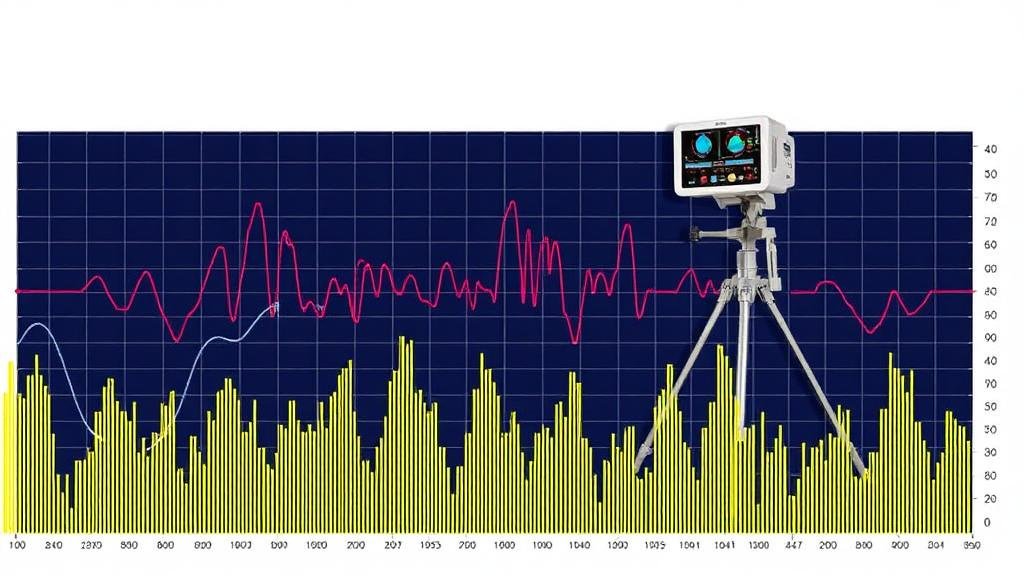Using Advanced Software for Analyzing Metal Detector Data and Signals
Using Advanced Software for Analyzing Metal Detector Data and Signals
Metal detecting has progressed from a hobbyists pastime to a sophisticated field of study, necessitating the application of advanced software for data analysis. Modern metal detectors generate intricate signals that can be influenced by various factors, including soil composition, target depth, and object material. Advanced software tools play a vital role in decoding these signals, providing operators with deeper insights into buried objects.
The Importance of Signal Analysis
To comprehend the significance of signal analysis in metal detecting, it is essential to understand how metal detectors work. When metal detectors are employed, they emit electromagnetic fields that generate signals in response to conductive materials buried beneath the ground. These signals vary based on the targets characteristics, including size, shape, and composition. Advanced software enables users to analyze these signals with precision, aiding in the identification of targets and reducing false positives.
Types of Advanced Software
There are several categories of advanced software utilized in the analysis of metal detector data. Each offers unique functionalities tailored to specific analytical needs:
- Signal Processing Software: These applications enhance raw data by filtering noise, isolating signal components, and transforming signal representations through Fourier Transform techniques.
- Geographical Information Systems (GIS): GIS software allows users to integrate metal detector data with geographical data to visualize and analyze spatial relationships, which helps in identifying significant areas for exploration.
- Database Management Systems: These systems are essential for storing, retrieving, and managing large datasets collected during metal detecting expeditions, enabling trend analysis over time.
Case Study: The Role of Signal Processing Software
A practical demonstration of the impact of signal processing software can be observed in the investigation of war-torn areas. During archaeological digs in Vietnam, for instance, researchers deployed advanced software to analyze signals from metal detectors. Originally, these signals bore heavy interference due to environmental conditions and nearby metallic debris. By utilizing signal processing techniques such as wavelet decomposition, experts were able to isolate relevant signals from noise, leading to the successful discovery of unexploded ordnance. This application not only highlights the softwares effectiveness but also its potential for enhancing safety during recovery operations.
Integrating GIS for Enhanced Analysis
Geographical Information Systems are revolutionizing the field of metal detection. They allow researchers to visualize patterns in the spatial distribution of detected items, facilitating more strategic searches. For example, detecting historical artifacts in a battlefield scenario can be improved by correlating metal detector data with historical maps using GIS tools. By layering the data, search teams can pinpoint historically significant areas, thereby optimizing their excavation efforts and improving efficiency. A notable example includes the usage of GIS by archaeologists in Italy to uncover Etruscan burial sites, where technology expedited the search process significantly.
Advantages of Leveraging Advanced Software
The integration of advanced software in metal detection offers numerous advantages:
- Improved Accuracy: Enhanced analysis reduces false positives and allows for the identification of specific types of metals.
- Data Visualization: Sophisticated mapping techniques help researchers comprehend site dynamics better than raw data.
- Efficiency in Field Work: Optimized search patterns save time and resources in locating targets.
Challenges and Considerations
Despite the benefits, several challenges accompany the use of advanced software for metal detector data analysis:
- Technical Proficiency: Users need a certain level of expertise to operate complex software effectively, which may present barriers for some enthusiasts.
- Compatibility Issues: Integrating various software types with existing metal detector technology can be problematic.
- Data Management: Handling large datasets requires efficient database management, presenting a challenge in terms of data storage and retrieval.
Future Trends in Metal Detection Software
The future of metal detection software is promising, with trends leaning towards more user-friendly interfaces, real-time processing capabilities, and enhanced machine learning algorithms. e advancements will likely facilitate the automation of signal interpretation, allowing for quicker assessments and decisions in the field. Also, as technology evolves, the integration of drones with metal detectors may introduce innovative ways to cover larger areas efficiently.
Conclusion
Utilizing advanced software for analyzing metal detector data transforms the approach to metal detecting, enhancing accuracy, efficiency, and safety in various applications. As techniques and software continue to evolve, enthusiasts and professionals alike will benefit from improved tools that help unlock the secrets hidden beneath the earth. By embracing these technologies, users can deepen their understanding of the past while uncovering treasures that lay beneath our feet.



